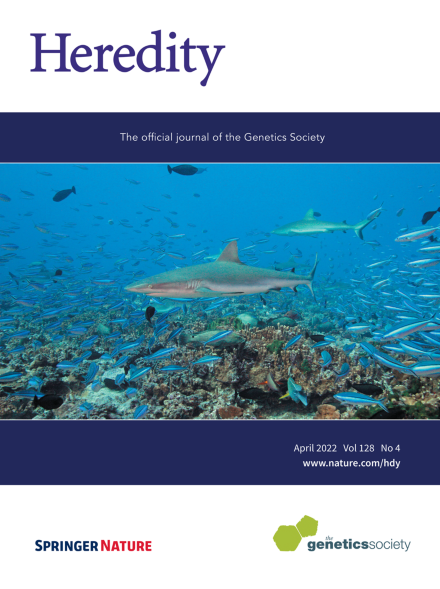Ver ítem
- xmlui.general.dspace_homeCentros e Institutos de InvestigaciónCIRN. Centro de Investigaciones de Recursos NaturalesInstituto de Recursos BiológicosArtículos científicosxmlui.ArtifactBrowser.ItemViewer.trail
- Inicio
- Centros e Institutos de Investigación
- CIRN. Centro de Investigaciones de Recursos Naturales
- Instituto de Recursos Biológicos
- Artículos científicos
- Ver ítem
Improving lodgepole pine genomic evaluation using spatial correlation structure and SNP selection with single-step GBLUP
Resumen
Modeling environmental spatial heterogeneity can improve the efficiency of forest tree genomic evaluation. Furthermore, genotyping costs can be lowered by reducing the number of markers needed. We investigated the impact on variance components, breeding value accuracy, and bias of two phenotypic data adjustments (experimental design and autoregressive spatial models), and a relationship matrix calculated from a subset of markers selected for their ability
[ver mas...]
Modeling environmental spatial heterogeneity can improve the efficiency of forest tree genomic evaluation. Furthermore, genotyping costs can be lowered by reducing the number of markers needed. We investigated the impact on variance components, breeding value accuracy, and bias of two phenotypic data adjustments (experimental design and autoregressive spatial models), and a relationship matrix calculated from a subset of markers selected for their ability to infer ancestry. Using a multiple-trait multiple-site single-step Genomic Best Linear Unbiased Prediction (ssGBLUP) approach, four scenarios (2 phenotype adjustments × 2 marker sets) were applied to diameter at breast height (DBH), height (HT), and resistance to western gall rust (WGR) in four open-pollinated progeny trials of lodgepole pine, with 1490 (out of 11,188) trees genotyped with 25,099 SNPs. As a control, we fitted the conventional ABLUP model using pedigree information. The highest heritability estimates were achieved for the ABLUP followed closely by the ssGBLUP with the full marker set and using the spatial phenotype adjustments. The highest predictive ability was obtained by using a reduced marker subset (8000 SNPs) when either the spatial (DBH: 0.429, and WGR: 0.513) or design (HT: 0.467) phenotype corrections were used. No significant difference was detected in prediction bias among the six fitted models, and all values were close to 1 (0.918–1.014). Results demonstrated that selecting informative markers, such as those
capturing ancestry, can improve the predictive ability. The use of spatial correlation structure increased traits’ heritability and reduced prediction bias, while increases in predictive ability were trait-dependent.
[Cerrar]

Autor
Cappa, Eduardo Pablo;
Ratcliffe, Blaise;
Chen, Charles;
Thomas, Barb R.;
Liu, Yang;
Klutsch, Jennifer G.;
Azcona, Jaime Sebastian;
Benowicz, Andy;
Sadoway, Shane;
Erlilgin, Nadir;
El-Kassaby, Yousry A.;
Fuente
Heredity 128 (4) : 209-224 (2022)
Fecha
2022-02-18
Editorial
Springer Nature
ISSN
1365-2540
0018-067X
0018-067X
Formato
pdf
Tipo de documento
artículo
Palabras Claves
Derechos de acceso
Restringido
 Excepto donde se diga explicitamente, este item se publica bajo la siguiente descripción: Creative Commons Attribution-NonCommercial-ShareAlike 2.5 Unported (CC BY-NC-SA 2.5)
Excepto donde se diga explicitamente, este item se publica bajo la siguiente descripción: Creative Commons Attribution-NonCommercial-ShareAlike 2.5 Unported (CC BY-NC-SA 2.5)

